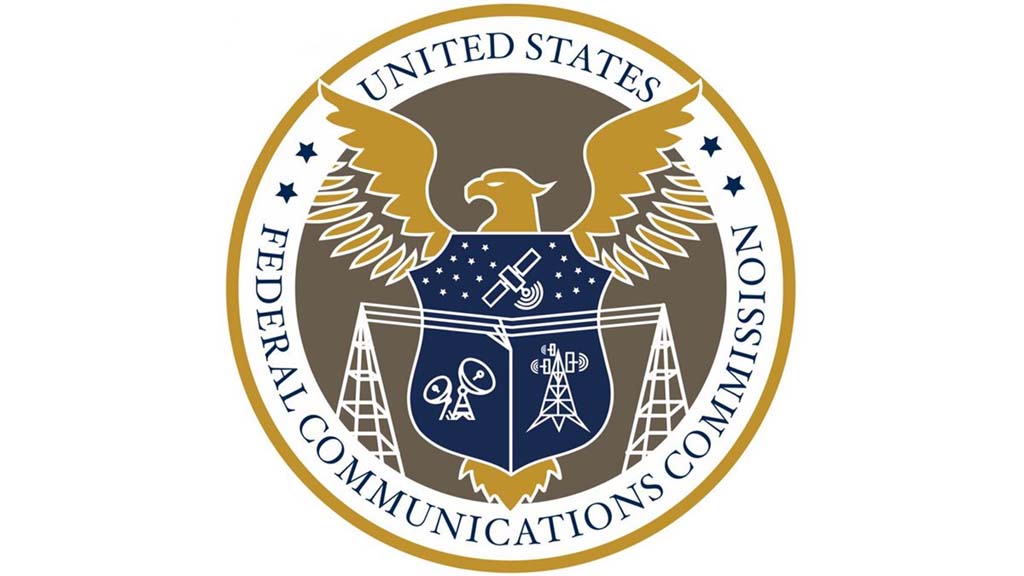FCC Deletes More Rules
The Media Bureau has repealed 43 regulations relating to cable and satellite service providers it has deemed “obsolete” and "unnecessary"

WASHINGTON—The Federal Communications Commission is once again pressing the delete button as part of its “Delete, Delete, Delete” regulatory initiative to remove what the agency has deemed to be obsolete and unnecessary rules.
More specifically the agency’s Media Bureau has moved to remove from the agency’s Part 76 regulations approximately 5,855 words and 43 rules or requirements that applied to cable and satellite service providers.
These deletions will help streamline the Commission’s rules and reduce confusion for cable and satellite service providers and video programming vendors, the agency explained.
In March 2025, the FCC launched its “Delete, Delete, Delete” proceeding seeking comment on every rule, regulation, or guidance document it should eliminate to reduce unnecessary regulatory burdens.
The GN 25-133 docket has since become by far the FCC’s most active docket, with 1,236 filings as of 2 PM, ET, on August 21, 2025.
Broadcasters have responded to the initiative with requests to remove a wide range of rules ranging from ownership caps to NextGen TV and EAS requirements.
The Media Bureau Order issued August 21 takes the following actions:
The professional video industry's #1 source for news, trends and product and tech information. Sign up below.
- Removes the standstill rule for program carriage complaint proceedings, which was vacated by the Second Circuit in 2013.
- Removes the rules placing limits on the use of encoding by cable television operators and satellite providers to prevent or limit copying of their programming, which were vacated by the D.C. Circuit in 2013.
The full order is available here.
George Winslow is the senior content producer for TV Tech. He has written about the television, media and technology industries for nearly 30 years for such publications as Broadcasting & Cable, Multichannel News and TV Tech. Over the years, he has edited a number of magazines, including Multichannel News International and World Screen, and moderated panels at such major industry events as NAB and MIP TV. He has published two books and dozens of encyclopedia articles on such subjects as the media, New York City history and economics.

